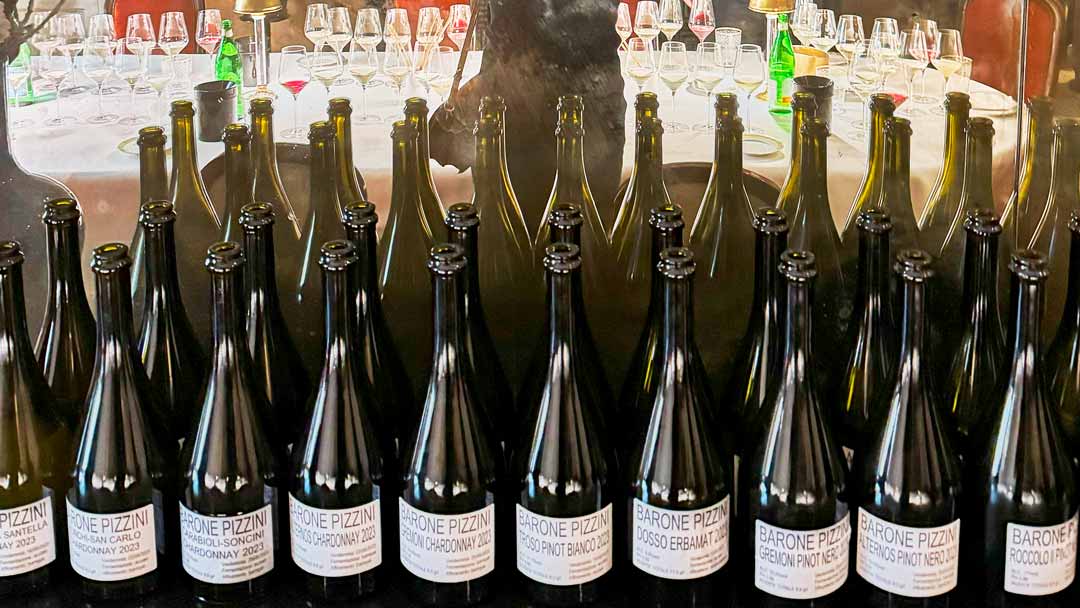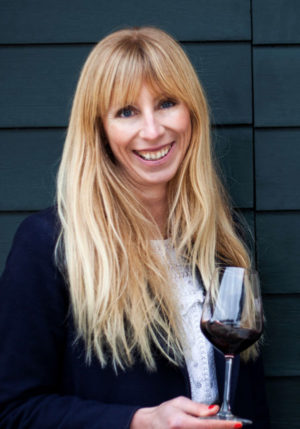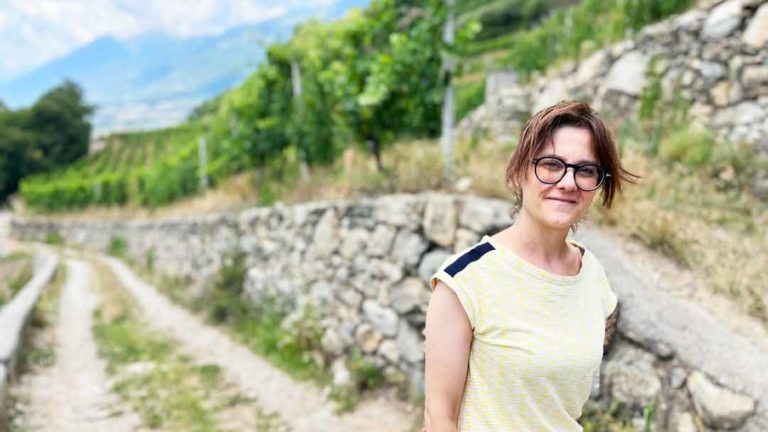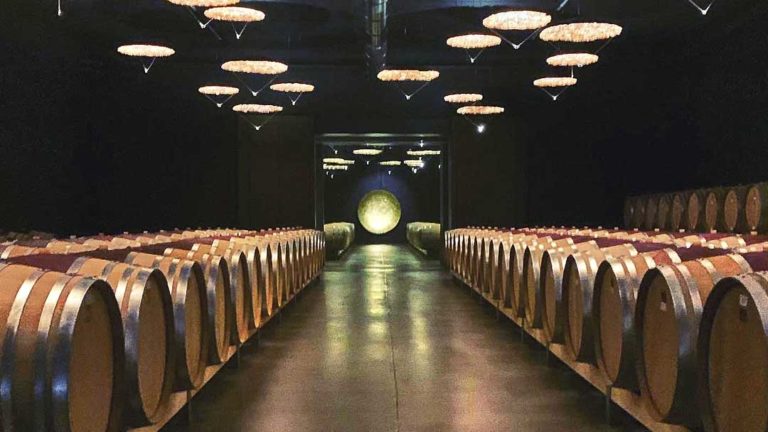Barone Pizzini was the first winery in Franciacorta to become organic. Today, it is one of the leading producers in this small district of Lombardy, which is not far from the beautiful northern Italian lakes. Some of Italy’s best sparkling wines are made there. BKWine Magazine’s Åsa Johansson met Silvano Brescianini, Pizzini’s managing director.
Silvano Brescianini had no intention of becoming CEO of Barone Pizzini. “It happened by accident. I ran a restaurant but was in contact with Barone Pizzini. When their promising young oenologist suddenly passed away, I was asked if I could jump in and help blend the base wines that year,” he says with a big smile.
Three decades have passed since then, and it is thanks to Silvano that Barone Pizzini became the first organic winery in Franciacorta. “I asked a simple question about the products we were spraying with and wondered if they were carcinogenic to our workers. A simple question that almost nobody thought about in the mid-1990s in Franciacorta. That’s how the change began,” he says.
Today, almost half of the farms in Franciacorta work organically. The region that makes sparkling wines using the classic method is west of Lake Garda in Lombardy. Barone Pizzini has roughly 60 of the region’s approximately 2,000 hectares. The permitted grapes are chardonnay, which accounts for 80 per cent of the plantings, and also pinot nero, pinot bianco and erbamat, which share the rest. The last is a native grape variety that was recently rediscovered and is highly valued today because it maintains a high acidity and low alcohol content even in warm years. Since 2017, it is allowed up to ten percent in the area’s wines.
“We have around thirty different vineyard locations at an altitude of 250 to 300 meters. We have an unusual amount of rock in the soil compared to many others. It is positive this year because we have received 1000 mm of rain in 20 days, so a draining soil is worth its weight in gold right now,” says Silvano.
To be able to do really detailed work, they vinify around eighty separate batches every year. They make the first fermentation with wild yeast. “We make about 20 pied de cuve (*), and then we select the two cleanest ones that are completely free of defects, which are allowed to start fermentation in the larger tanks,” says Silvano. ((*) “pied de cuve” means that you take a small amount of grapes in advance, which you make sure starts to ferment. Then, you add this as “starter yeast” in the big tank to ensure the fermentation gets going quickly. )
He emphasises the importance of the base wines being perfect because all the positive and the less positive qualities will be enhanced during the second fermentation in the bottle.
Together, we taste about fifteen base wines (i.e. the still wines you have before a final blend is bottled for the second fermentation.). They have low alcohol, between 10 and 11 per cent, and low pH and high acidity. The alcohol will increase slightly during the second fermentation, and the high acidity is required for the yeasts to cope with a second fermentation.
“Some have been in steel tanks and others in barrels, but when we make the final blend, we have more than 80 base wines, which we then mix to make the final wine, as if we were painting a painting with as many shades of colours as possible”, says Silvano.
The end result is good. Very good. These are elegant wines with intense flavours that are well made and make you think of silverware and white linen tablecloths. Sometimes, the right person ends up in the right place by chance, just like Silvano did thirty years ago.
Three wines from Barone Pizzini
Franciacorta Barone Pizzini Bagnadore Riserva rosé 2011
A wine made from pinot nero in only four thousand bottles. Here, you can feel the red berries from pinot noir together with freshly baked croissants and different shades of ripe citrus. It broadens in the mid-palate but is energetic and still youthful. A wine that goes well all through an entire meal.
Franciacorta Barone Pizzini Bagnadore Riserva 2015
A wine made from chardonnay and pinot nero in equal parts. The base wine is aged six months in barriques and then six months in steel tanks. After the second fermentation, the wine is left on the lees for 60 months. The result is a complex wine with the aroma and taste of apples, lemon peel, and roasted almonds. It has lovely freshness but, at the same time, such intense flavours that fill the entire palate. Long, lovely finish. This is a pas dosé (no added sugar, “dosage”), and Silvano explained the choice with the following comment: “If the coffee is good, no sugar is needed”.
Franciacorta Barone Pizzini Satén 2019
In Franciacorta, satén means that the wine is made from chardonnay only and has a lower pressure. The result is a rounder and smoother wine. Barone Pizzini’s Satén, left on the lees for 36 months, is seen as a reference for all of Franciacorta. The reason is the inviting creaminess, while the wine is dynamic, where fruit such as citrus, green and yellow apples are balanced by freshness and nutty, almost salty notes.
Travel
The best place to discover the true soul of Italian wines is in Italy. Explore franciacorta and other Italian wines on a wine tour to Italy with BKWine.
Travel to the world’s wine regions with the wine experts and the wine travel specialist.
Wine tours that give you insight. BKWine wine tours.












